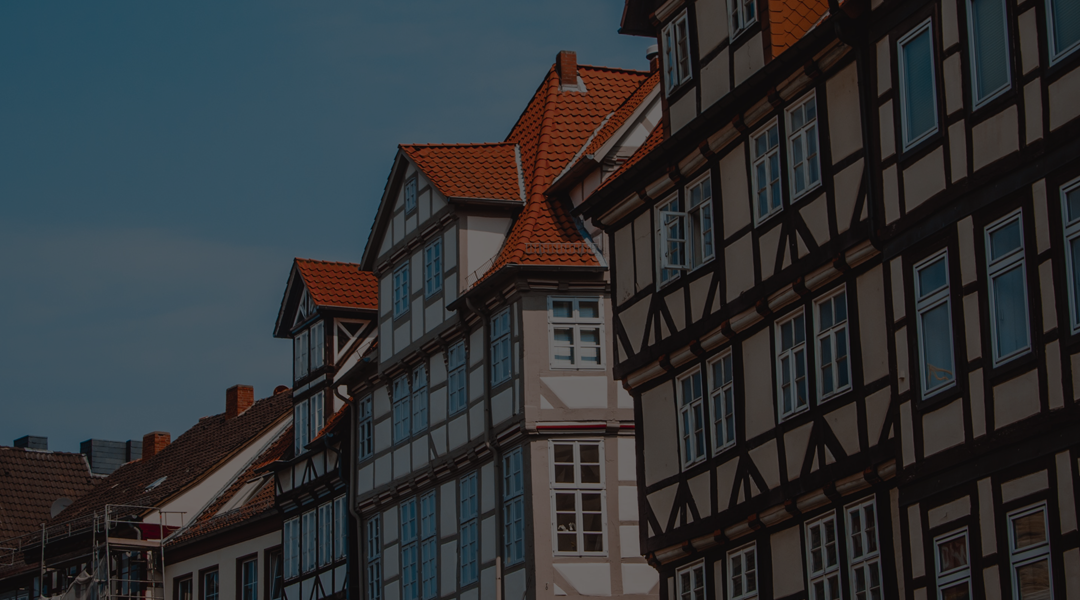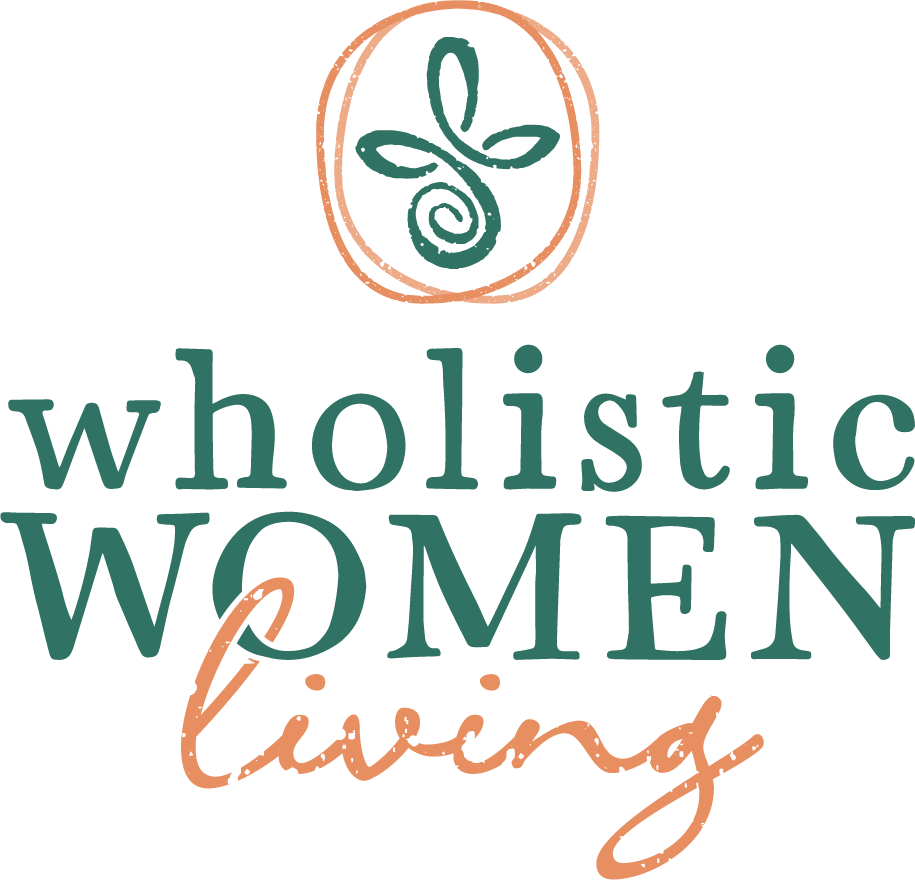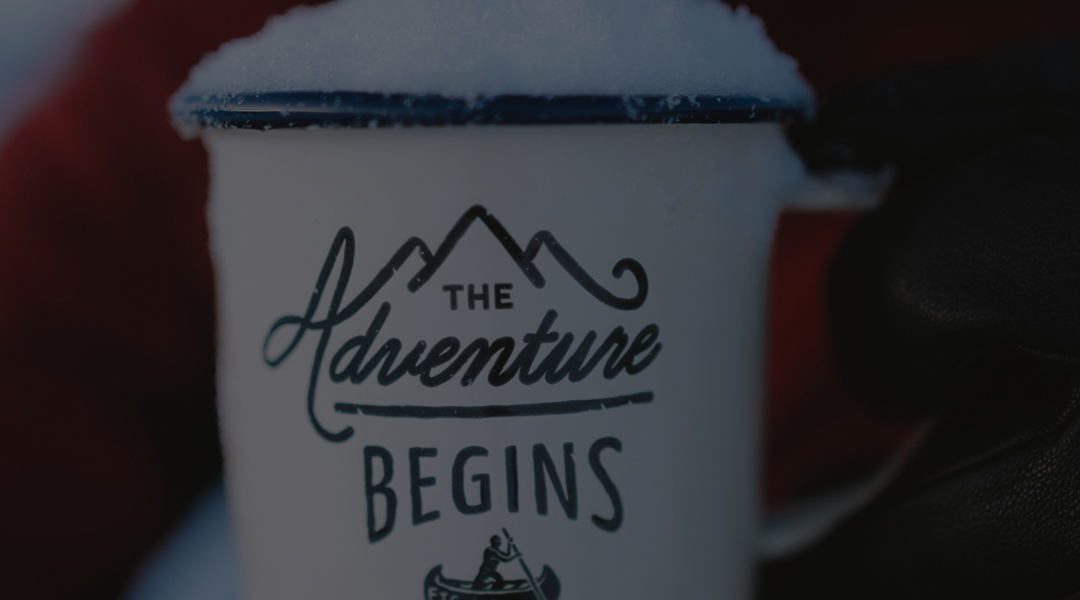
Growing Up in Germany
Growing Up in Germany
How painting and creativity can help with a child’s development.
My son Pieter and my daughter Fiona both had the privilege of growing up in Germany and attending German schools until they were 14 and 12 and we relocated to the US. It was a bit of a culture shock, more for Fiona than for Pieter, but she survived too. Change can be a challenge.
I’m glad that they grew up in Germany. The Germans love their traditions, and have a rich culture of all things arts and crafts, often linked to the holidays. And they have quite a few of those, between 9 and 13 public holidays, depending on which part of the country you live in.
Creativity has to be stimulated and nurtured. German crafting stimulates creativity and creates a cultural experience for kids of all ages with benefits for the rest of their lives. Many old German traditions still thrive today, lovingly preserved by artisanal craftsmen and small producers, and passed on from generation to generation. Traditions like these often blur the distinction between art and craft. As you watch traditional craftsmen at work, you’ll be amazed at how modern old skills can be. Germans also have an appreciation for natural materials, which is another thing I love.
“Basteln” (making, handcrafting, tinkering) is a national pastime with deep roots in history. It encompasses creative crafting in all its aspects. Around the holidays there are specific art projects in schools, at home with friends, family, and in the community at large. Creativity is a big part of growing up and has many benefits, from stimulating the imagination to making fond memories, and bonding with family and friends. The Germans never let an opportunity to be creative pass by.
So Pieter and Fiona grew up with creativity all around and it’s safe to say that they are still benefiting from it today in their work and private lives. They are both hardworking, successful adults enjoying life to the fullest, good decision makers, open minded, and innovative. Pieter a chemical engineer, now 32, holds a management position at a chemical company, and has a patent to his name (creativity at work). He still bakes and decorates yummy butter cookies for Advent and is totally comfortable with his creative side. A few years back, his wife Heidi invited her girlfriends over for a breast cancer fundraiser carving and decorating pumpkins with pink ribbons and lace. She was surprised to find Pieter sitting at the table happily joining in. Fiona, 30 years old now, is a dentist, just bought her own practice in Baltimore, married to Hilton, an artist (!), and uses creativity in her work as well as at home. She’s an avid knitter, makes macramé plant hangers, and loves to cook and decorate.
So what are the main benefits of let’s say painting for the development of (young) children? Painting allows children to express their creativity freely while having fun doing it. It develops eye-hand communication by strengthening the hand and fingers, helping with fine motor skills. Using the hand muscles allows them to develop both mentally and physically. They learn to think with an open mind, to look at situations creatively. They learn to express themselves more deeply, visually and verbally, as words often lack to describe feelings accurately. They learn to make their own decisions about what works and what doesn’t, developing critical thinking skills. They learn that it’s fun to paint with other children, bonding with their parents, esteem building and stress relieving. It also gives children a life-long appreciation of art.
It helps with brain development. The right side of the brain is mainly used for emotional and creative responses, while the left side focuses on analytical processes and logic. Learning to paint benefits children by using both sides of their brain. Painting helps to make the connection between both sides, which is how we reach our full potential.
Of all the German traditions, St. Martin’s Day on November 11 is by far my favorite. It’s a religious observance that’s particularly popular with children. It’s dedicated to St. Martin of Tours and celebrates modesty and altruism, both values commonly associated with Saints.
On the evening of St. Martin’s Day, there are lantern processions in towns and cities all over Germany. The creative part is that all elementary school age kids make lanterns in school. The teacher comes up with a design for the students to build in class. There is also a prize for the class with the most beautiful lantern. It takes students weeks to build them. You can imagine a 6-year-old making an intricate lantern out of black and colored transparent paper or wire and glue. It takes patience and resolve. They’re all so proud of their work of art. Sad to say that some of them will go up in flames during the procession. The smart parents have a spare store-bought one in their bag in case that calamity happens.
If you get the chance to paint with children, do it, and observe how free and full of joy they are. You will learn how freeing it is not taking yourself so seriously. In the summer, paint outside and let them be messy. That’s the best part. Let the little ones teach you how to paint, not the other way around. You will be in for a surprise.
Happy Painting!
Today’s author: Elisabeth Vismans, CPCC: Elisabeth is a Certified Professional Co-Active Coach since 2011. an Award-Winning Artist, and an Art Instructor, has developed a unique coaching program where paint is used as a vehicle to live up to your fullest potential. Ask Elisabeth about her Intuitive Painting/Coaching programs and her “Awareness through Art” groups and retreats stimulating creativity and authenticity. Learn to be in the moment! There is more information on her website: www.elisabethvismans.com and can be reached at evis@elisabethvismans.com



 I’ve been a horseback rider for many years. I remember begging my mother for riding lessons when I was 9 (though in truth, I didn’t have to try that hard, as she was also a rider when young), and I gleefully began riding after that Christmas present came through. Riding is in my blood. It’s an inextricable part of me, and when I am not actively involved with horses, life is much less fun. Working in harmony with a thousand-pound creature to create a partnership in the arena is like nothing else.
I’ve been a horseback rider for many years. I remember begging my mother for riding lessons when I was 9 (though in truth, I didn’t have to try that hard, as she was also a rider when young), and I gleefully began riding after that Christmas present came through. Riding is in my blood. It’s an inextricable part of me, and when I am not actively involved with horses, life is much less fun. Working in harmony with a thousand-pound creature to create a partnership in the arena is like nothing else. Adventure doesn’t have to be purely physical, either. I took a huge risk and a big leap of faith when I began working for myself four years ago. To briefly recap my business adventures: I had been laid off from my previous job and while job searching, was working part-time at a stable. I suffered a severe concussion from a double hit to the head in a freak accident at the barn and was unable to work for a while. I looked at my skills and what I thought was marketable and decided to start freelancing as an editor and marketer.
Adventure doesn’t have to be purely physical, either. I took a huge risk and a big leap of faith when I began working for myself four years ago. To briefly recap my business adventures: I had been laid off from my previous job and while job searching, was working part-time at a stable. I suffered a severe concussion from a double hit to the head in a freak accident at the barn and was unable to work for a while. I looked at my skills and what I thought was marketable and decided to start freelancing as an editor and marketer.